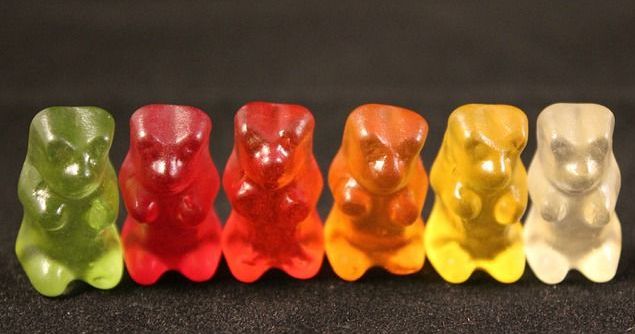Cannabis devotees and DIYers in states where marijuana still hasn’t been legalized might be interested to know of loopholes in federal regulations on cannabis-derived products — in particular, a loophole that enables consumers to legally enjoy ample amounts of tetrahydrocannabinol (THC), the primary active compound in cannabis. Decades of research into THC’s analgesic and relaxant properties have seen medical marijuana become one of the most commonly prescribed courses of treatment for symptoms of chronic pain, epilepsy and sleep disorders.
Whether it be for medicinal or recreational use, THC has become an extremely popular natural alternative to a number of drugs including acetaminophen, COX-2 inhibitors and phenobarbital, all of which are notorious for producing side effects like nausea and constipation. In this post, we go into everything you need to know; from existing regulations on cannabis-derived products and how THC can be legal regardless of where you happen to reside in the United States.
Is THC Still Illegal in The United States?
The United States federal government considers marijuana a schedule I drug, which designates it as a substance with high potential for abuse and no formally accepted medical use. This classification, which is owed almost entirely to THC, puts marijuana in the same category as heroin and LSD. The federal government's position on marijuana hasn’t changed since the Controlled Substances Act was passed in 1970, despite growing evidence of the plant's medicinal benefits and therapeutic potential.
One of the main reasons THC is still illegal at the federal level is because of its psychoactivity, which can cause anything from mild impairment of motor functions to full-blown paranoia and anxiety in excessive dose ranges. Moreover, many legislators still see THC as a so-called “gateway drug,” which is a substance thought to lead to the use of more dangerous drugs, like cocaine or heroin.
How Much THC is Allowed in Cannabis-Derived Products?
According to the U.S. Food and Drug Administration’s (FDA) Regulation of Cannabis and Cannabis-Derived Products summary page, cannabis products containing under 0.3 percent THC are allowed for sale, purchase and clinical research. In the case of edibles specifically, the allowable limit as of this writing is 0.3 percent per serving.
To be legal for distribution, sale, purchase and possession in all 50 states, the cannabinoid content of any cannabis-derived product (including THC) must be derived from hemp rather than marijuana. Hemp, which is grown for its cannabidiol (CBD) content rather than for THC, has been legal across the United States since the passing of the Agriculture Improvement Act of 2018, better known as the Farm Bill.
The Numbers Game
More imaginative cannabis companies are exploiting a loophole written into the FDA’s own restrictions on THC content; namely the provision setting the limit of 0.3 percent THC per serving in edible products. This is perhaps most evident in the emergence of particularly large packages of cannabis-infused gummies containing as many as 60 servings each. In the same way the FDA cannot legally restrict how many servings of any given snack food (e.g. Snickers, Doritos) consumers can have, cannabis devotees and aficionados alike are arguably free to have as many servings as they like out of a bag of gummies containing a cumulative 10-15mg of THC.
Although this loophole in federal cannabis regulation might exist as of this writing, that’s liable to change the more frequently it’s exploited by cannabis companies. End consumers would do well to do their due diligence and stay up to date with cannabis laws in their respective localities, and to refrain from excessive consumption of THC in public — particularly in states where recreational cannabis is still illegal.

